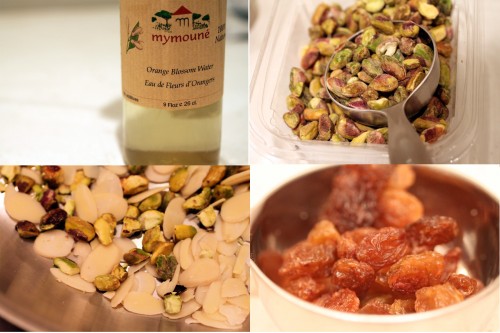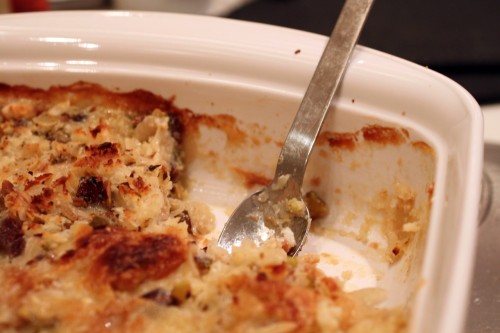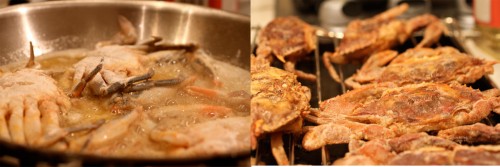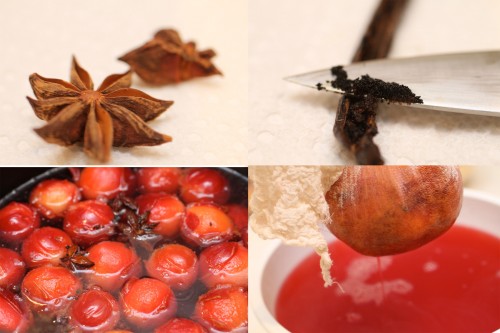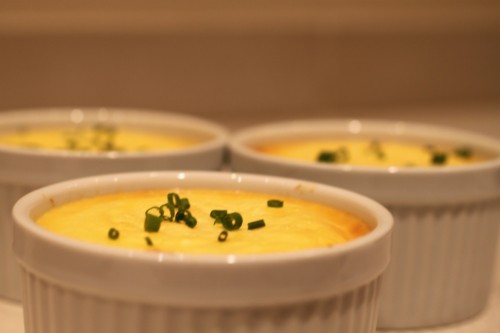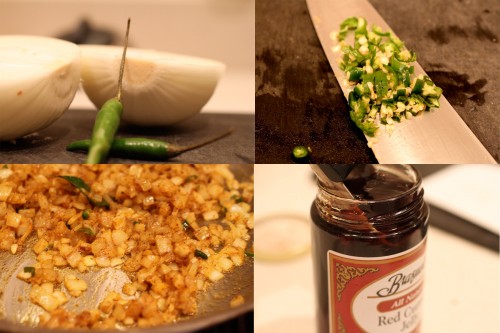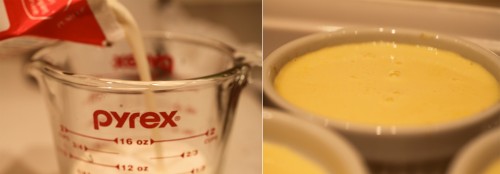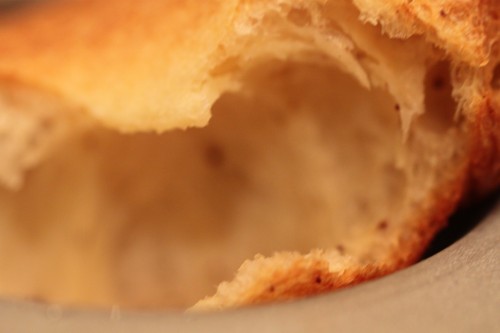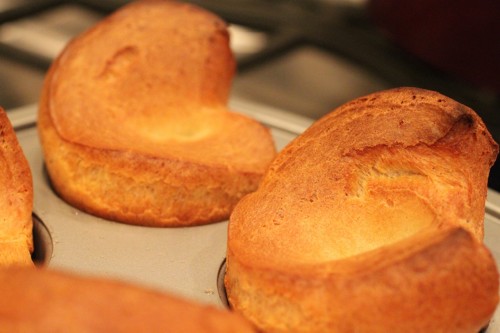A Luscious Dessert called Om Ali
A little while ago, I read an article that highlighted the culinary resurgence of Beirut, and I could not help but think of this dish and my visit a few years ago. I was there at a point when the city was built up and beautiful. Cultural, cosmopolitan. I remember the architecture as stunning, and I endlessly wandered the streets, dipping in and out of little shops. The shopping was amazing, and the outdoor café scene buzzing – rivaling the Da Silvano, Bar Pitti, 10 Downing trifecta…In any case, the article has me excited that chefs like Joel Robuchon and Yannick Alléno are considering opening up restaurants there.
When I went, it was for a wedding of two close friends of mine. The wedding was a total bash, a multi-day affair with dinners and drinks and parties each night. At one of the dinners, I had this dessert, Om Ali, and it has been literally stuck in my head ever since. The dish is pretty much a form of bread pudding, but instead of using bread, the Lebanese use filo or puff pastry.
Seriously, a layered puff pastry bread pudding? How ridiculously delicious does that just sound… In between the pastry layers are various nuts, fruits, and coconut, all in a custard base. I love to eat it warm with a scoop of vanilla or cinnamon ice cream. The dish is sooo good that this is what happens when you leave it out to cool and your significant other comes home hungry!
Om Ali is not exclusively Lebanese. It’s also found in Egyptian and other Middle Eastern cuisines. In my version, I use orange blossom water, which is a common ingredient in Middle Eastern desserts. It has a beautiful, perfume-y quality that is distinct – once you have it, you’ll always be able to recognize it. Enjoy!
Ingredients
Yields 1 9”x13” baking dish
1 puff pastry sheet
½ cup sliced almonds
½ cup pistachios, chopped or crushed
½ cup sultanas
1 cup frozen, grated unsweetened coconut*
½ tsp lemon zest
2 ½ cups milk
2 cups heavy cream
1 cup sugar
2 tbsps orange blossom water
1 tsp vanilla
½ tsp cinnamon
pinch salt
2 eggs
Procedure
Preheat the oven to 375° F.
Bake the puff pastry on a greased or parchment-lined baking sheet for 15 to 20 minutes until golden and cooked through. Set aside to cool.
Turn oven temperature up to 400° F.
Chop pistachios into smaller pieces or place in a plastic bag and crush with a mallet. Toast pistachios and sliced almonds in a sauté pan over medium-low heat until fragrant. Remove from heat and combine with coconut, sultanas and lemon zest in a separate bowl.
Heat milk and cream in a saucepan over medium heat. Add sugar, orange blossom water, vanilla, cinnamon and salt, and stir to dissolve. Beat eggs in a large bowl. Add the milk mixture slowly and in increments to temper the eggs, stirring constantly. You want to slowly bring the eggs up to temperature; adding the milk too fast will scramble them.
Grease a 9” x 13” baking dish. Rip puff pastry into pieces and create a single layer in the baking dish. Add half of the pistachio and almond mixture to create a layer. Cover with the milk mixture. Repeat entire process to create a second layer of each.
Bake at 400° F for 23-25 minutes until the top browns and the dessert has set. Serve warm by itself or with a lovely scoop of ice cream.
* I like the texture of real coconut for this dish, so I use fresh grated or fresh frozen grated coconut here. If you like the dried version or if that’s what you have on hand, go with it.


